Explore all New Cars of 2024
 Ultraviolette F77 Mach 2 Launched In 13 Pics
Ultraviolette F77 Mach 2 Launched In 13 Pics

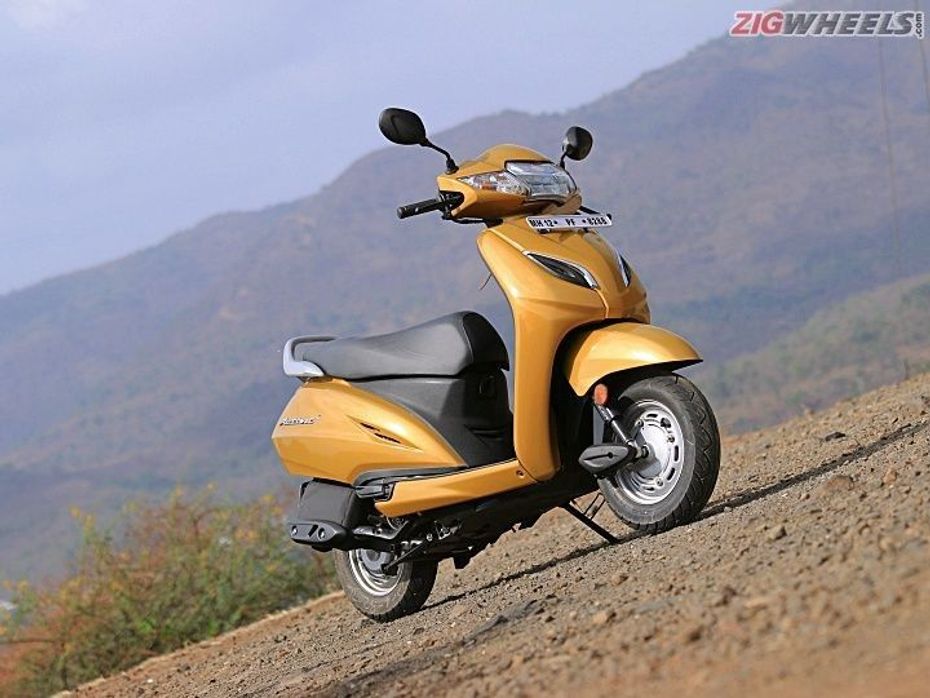
With petrol prices absolutely through the roof and the condition of our city roads going from bad to worse, it might make a lot more sense to switch from a car to a two-wheeler, such as a scooter. But let’s face it, these days, even new scooters have started costing an arm and a leg. So is it better to buy a used scooter instead? We certainly think so. But buying used isn’t without its risks. So here are a few tips you need to keep in mind when buying a used scooter.
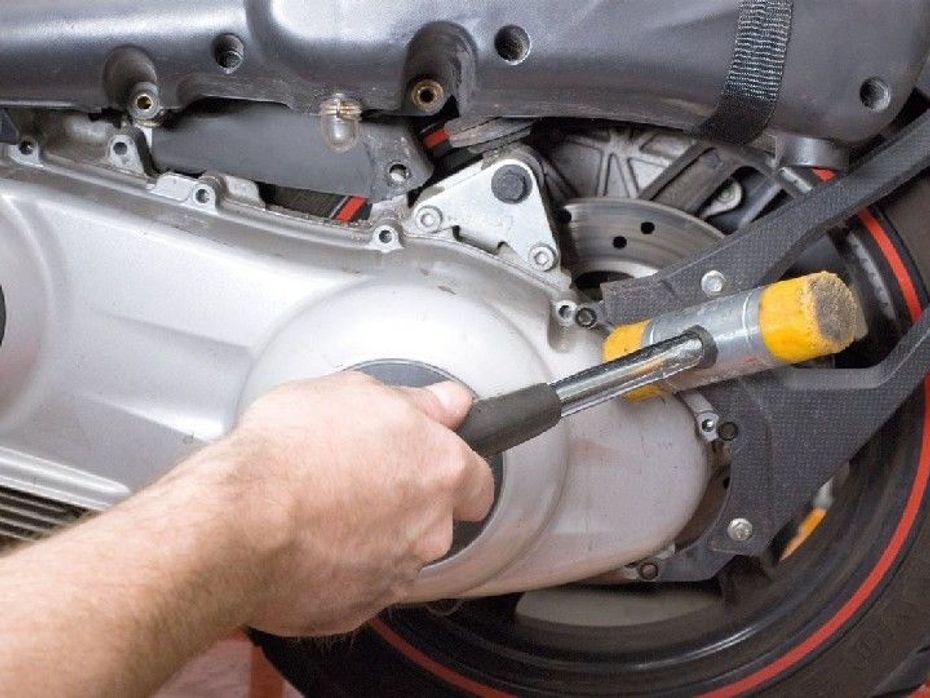
When looking for a used scooter, don’t limit yourself to just one listing in the classifieds, one online portal, or one used vehicle dealership.
Explore as many used scooters from all possible sources around you - be they multiple websites, or even online forums can be helpful in such cases.
Check with your local mechanic’s garage. He might know someone who’s looking to sell a scooter.
Ask around in your friends’ circle. It’s quite likely that one of them knows someone who wants to part with their scooter. And a close personal connection also might help you negotiate a good price.
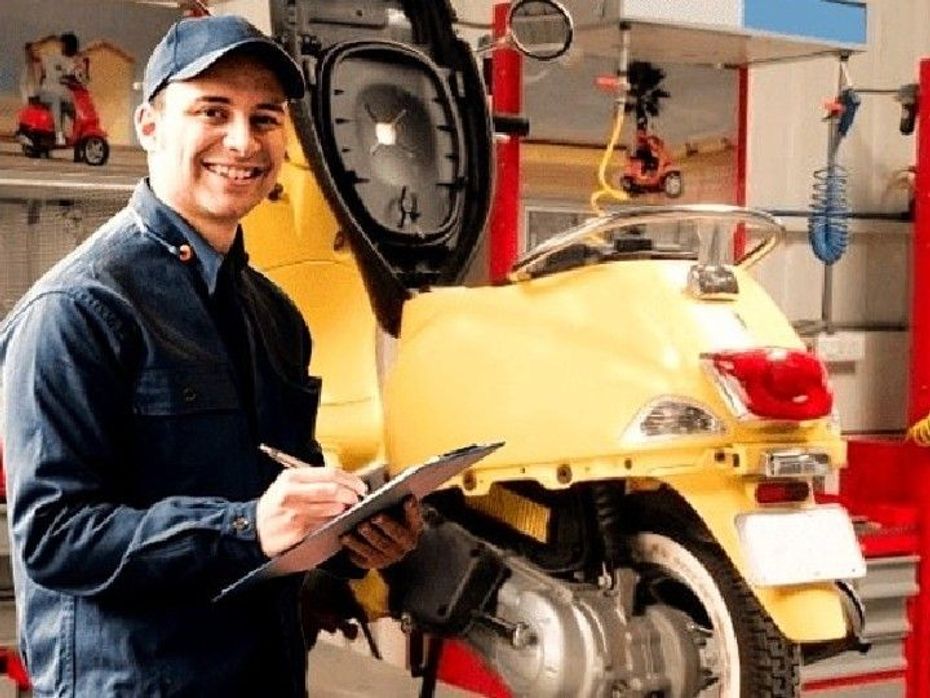
Don’t rely only on pictures that the seller has posted or sent you. Meet the seller in person to inspect the scooter yourself in broad daylight.
Check the physical condition of the scooter. Check for scratches or dents (in case of metal body scooters) or cracked panels. Especially in case of plastic body scooters, inspect the screw fastening points of the panels more thoroughly.
Give the panels a good shake with your hands to check if there is any movement, rattling or squeaking.
Open the seat to check the underseat storage. Check if the underseat storage bin is secure and doesn’t move if you shake it. Also check for any overflow of oil from the oil reservoir cap. Also check whether the seat lock mechanism is working smoothly and effortlessly.
Check the odometer for the reading. Is the reading too low given the scooter’s age? Does it look new and unfaded compared to the scooter? Then chances are it was replaced some time during the scooter’s life.
Check the brake levers for any scuff marks or bends. Do they feel too loose when you operate them? If they do feel too loose, check whether the drum cable adjuster is at the end of its length. If it is, you’ll probably need new brake shoes. In case of a disc brake setup, you might need to check the level in the brake oil reservoir through the inspection window.
Does the throttle feel too tight? Is it giving a hard rubbing sensation when you open it fully? That might mean the throttle cable is at the end of its life and might soon give up.
Inspect if the tread depth on the tyres is low and also check if the rubber has gone very hard, or has developed cracks along the sidewalls. In any of these cases, you might need new tyres.
With the scooter on the main stand, lift the front wheel off the ground and give it a good spin. Does it wobble? That might indicate that the wheel is out of shape. Also, is it making any squeaking noises? That might indicate that the wheel bearings have a problem.
Check for any fresh oil stains around the brake caliper (in case of disc brake), and front fork.
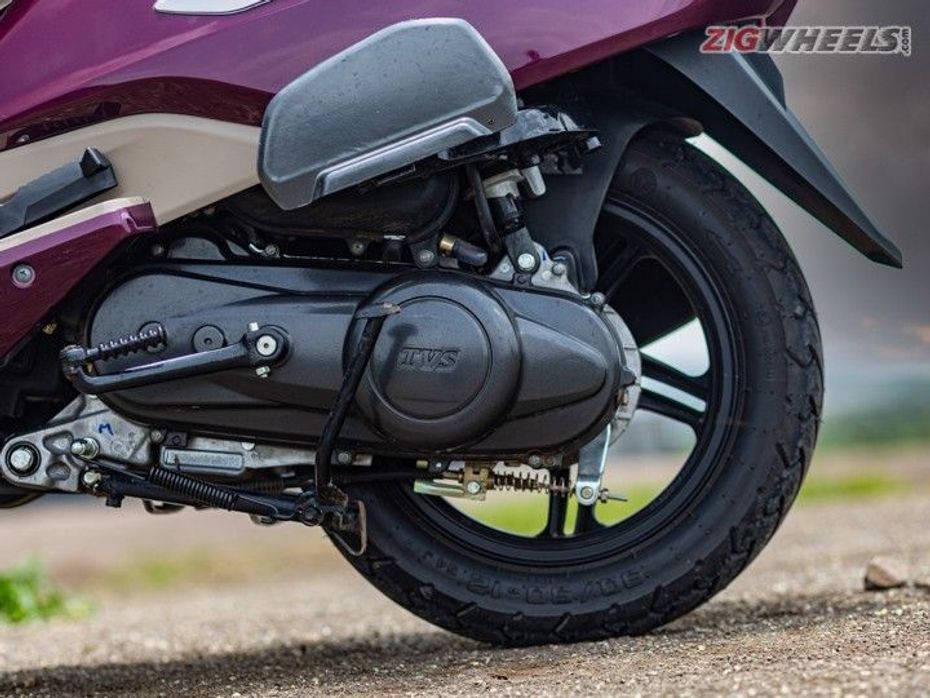
Look for oil or grease stains around the engine. Any fresh ones might be indicative of something leaking from the motor.
Start the engine. Is it making any unusual noises when idling? What about when you give it a little throttle?
Did the engine start with the start button in a single attempt? If it requires multiple attempts, it might indicate a problem with the starter motor or the battery.
Is the exhaust smoking? Black smoke might indicate improper combustion and white smoke usually indicates that the engine is ingesting oil, so the piston rings might have failed.
After running the engine for a few seconds, switch it off and check the tip of the exhaust outlet for any wetness, such as petrol or oil. Either of these could indicate an expensive problem to fix.
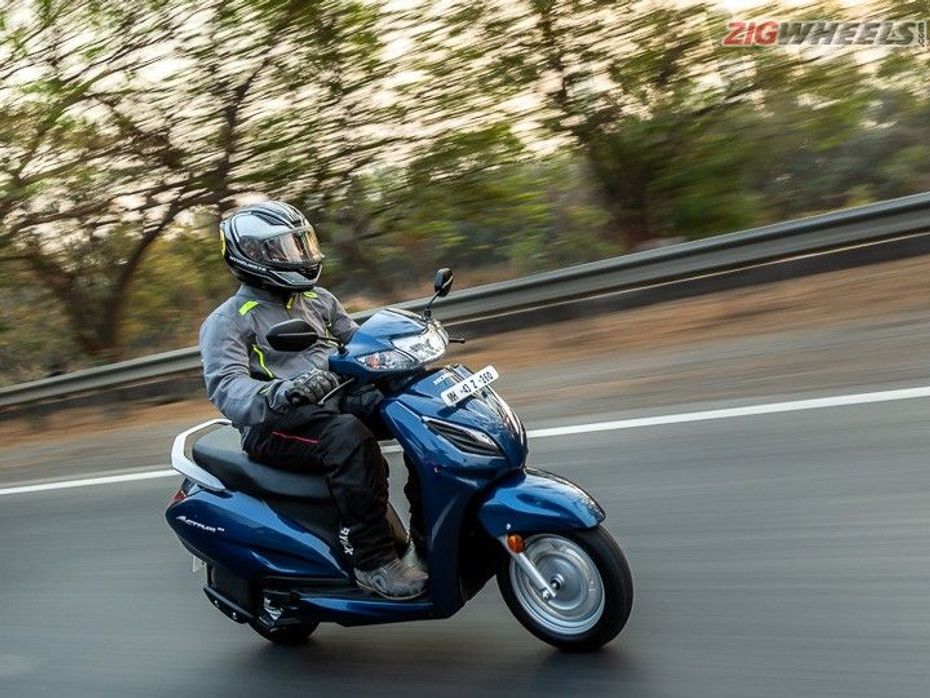
Generally in India, most people don’t maintain a full service history of their vehicles. But if nothing else, ask to see the last couple of servicing bills to know what work was done on it recently.
Check the insurance documentation to see how long the current insurance is valid.
When was the battery last replaced? Generally, the rule of thumb is to replace the battery every 3 years. If it was done recently, ask to see the battery warranty card.
If the scooter is from outside your state, check to see if the owner has got the NOC done.
Check if the scooter has a valid PUC certificate.
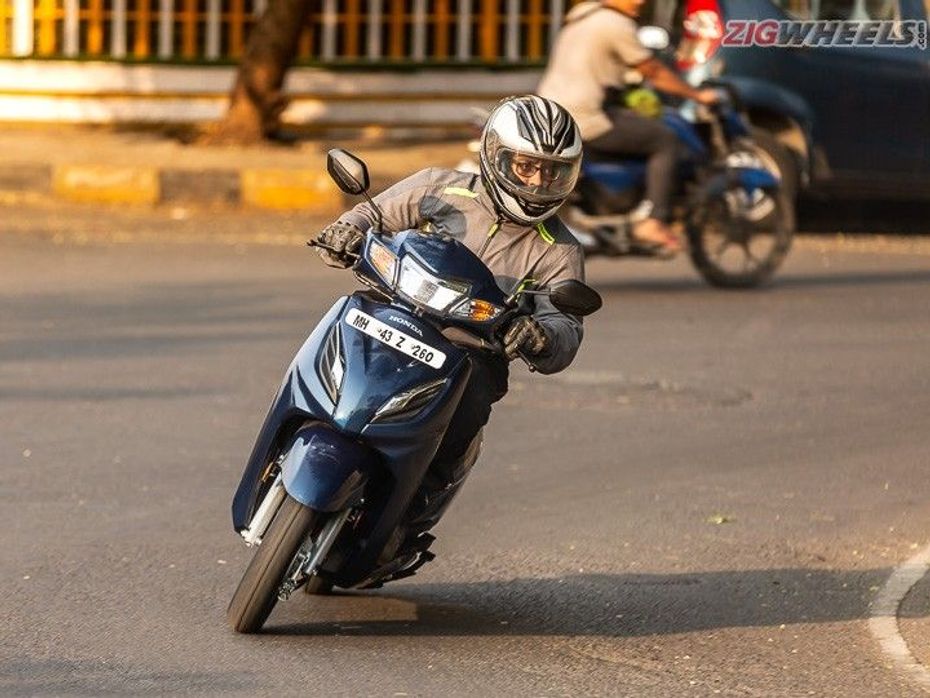
Of course, physical inspection doesn’t hold a candle to actually riding the scooter and experiencing it yourself.
When riding, check how responsive the engine feels. Check if the brakes work as they should.
Are there any rattling or squeaking noises when you’re riding? Pay close attention.
On an open stretch of smooth, straight road, gently let go of the handlebar to see if the scooter pulls to one side, or if the front wheel suddenly starts wobbling. But do this only if you’re confident enough about your riding skills to let go of the handlebar.
Is there a mechanic you trust? Or is there someone in your friends’ circle who’s an automotive expert?
If you do, take them along and have them inspect the scooter and take a test ride as well.
They might be able to make finer observations that you missed.
India's largest automotive community